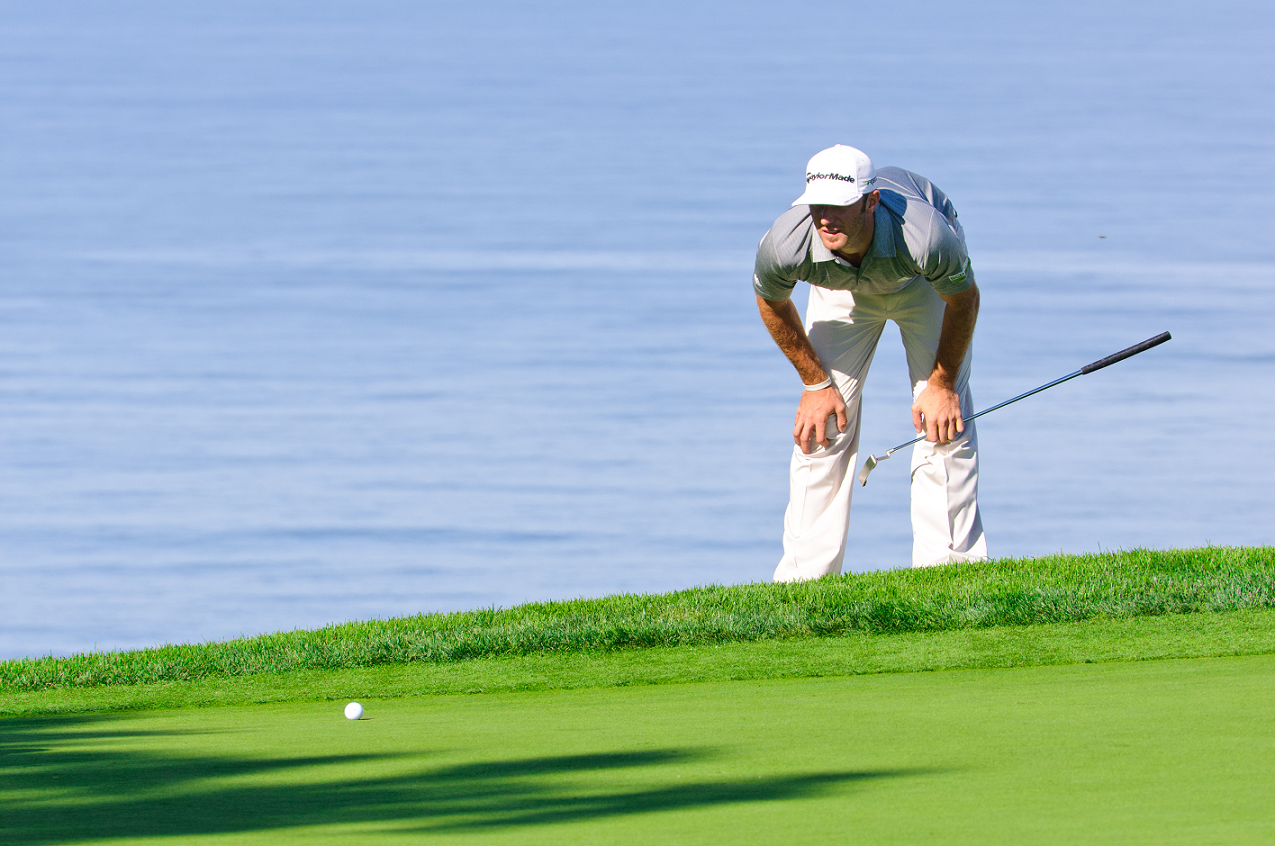To putt better, all you need is confidence, proper speed and the ability to read greens. Sounds like you need a plan – or two – so good thing we have a few to help.
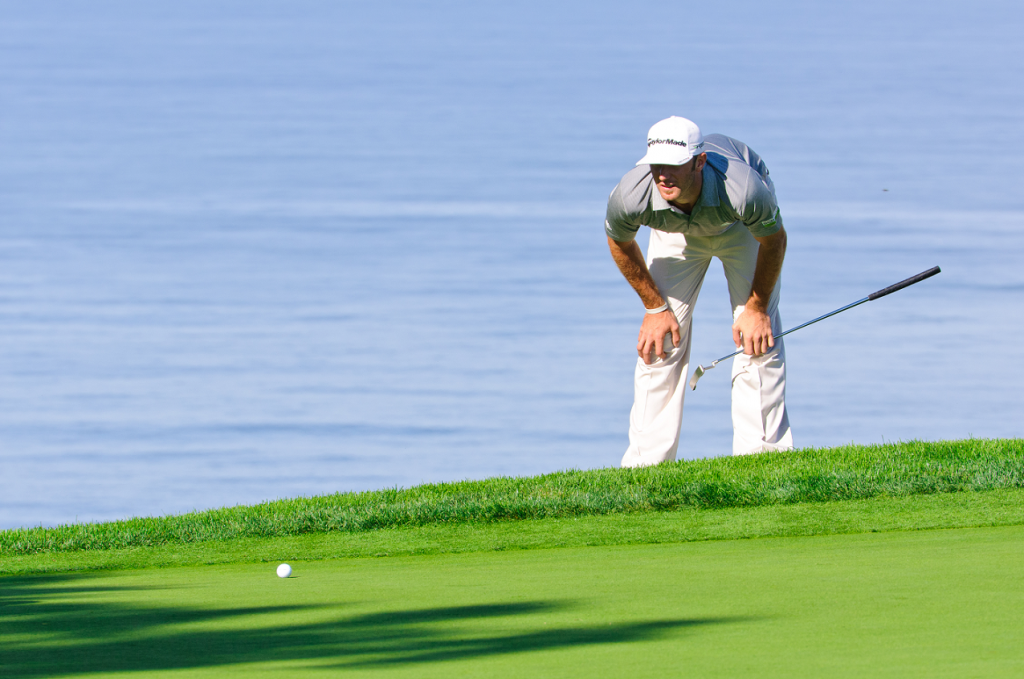
It can be one of the most frustrating parts of the game. You make two good shots to get your ball on the green and leave the putting surface with a 5 on the card. Or in even more maddening terms, you went 405 yards in two strokes and 45 feet in three. Arrgghh! Putting is the easiest thing to practice but the most neglected part of that regimen. Rolling a few putts for a few minutes before your tee time isn’t cutting it, so you need an alternative. These nine tips will help, but it’s up to you to use them. If you need any added motivation, just remember that 84 that could have been a 79 last week if you’d only just … well, you know.
A BRIGHT IDEA

To assist in creating solid contact, it’s important to keep your head still. A great tip for this is to look for the “burn” after the ball has been struck. To do so, remove your sunglasses, get in your setup and stare at the ball. By continuing to stare at the ground after the ball moves, you should briefly see a spot or flash where the ball was because the retina retains an image for a split second after the image is gone.
Michelle Dubé,
LPGA Master Teaching Professional
Tijeras Creek Golf Club
THE EYES HAVE IT

Keep your head down and listen for the putt to drop is a simple and time-tested tip. Getting into this habit will assure that you keep your body still and finish the stroke. Your head moves when your eyes follow the ball or putter head. When that happens, your body tends to move as well. Focus on a spot in front of the ball on your intended line and don’t take your eyes off that spot until you hear the ball drop into the hole. It works!
Randy Chang,
PGA Director of Instruction
Journey Golf Academy, Journey at Pechanga
GOING THE DISTANCE

Golfers often try to be too perfect with their direction in putting. One way to make more putts is to focus on rolling the ball the right distance, whether to the hole or just past it. In my classes we create a line on the green with chalk powder and have students roll the ball to the line from 10 feet, then 20 feet and so on. Practice your distance control with your putts and you’ll be surprised how many more will find the hole.
Kris Moe,
Former PGA Tour Player
Kris Moe Golf Schools
PUTTING IT ALL TOGETHER

Speed, line and stroke are the three keys to good putting. Whether or not the ball goes in the hole, players should be aware that 10-17 inches past the cup is the perfect target speed. This means that line and speed are linked, because if the speed is too fast the ball will break less, and if the speed is too slow the ball will break more. When it comes to the putting stroke, there’s only one thing to know. On a scale of 1-10, was the stroke a 4, 6 or 8? Analyze these three factors and you can more accurately diagnose the outcome.
Kris Brown,
Director of Instruction
Trump National Golf Club, Los Angeles
CIRCLE OF TRUST
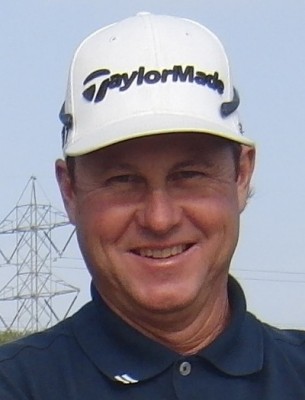
To develop better touch and more confidence on the greens, use my compass drill. Insert four tees into the green 3 feet to the north, south, east and west of the hole. Then putt five balls from each position with the goal of making all 20. Incorporate some or all of your putting routine into each putt, and when you master that, keep the tees in the ground and lag putts from 30-40 feet with the intent of stopping them all within the circle.
David Emerick,
PGA professional
The Crossings at Carlsbad
KEEPING PACE

If you’re struggling to make putts in the 10- 12-foot range, practice your tap-ins. Set a few balls about 20 inches from the cup and knock them in with authority. Then create the same stroke and intentionally miss the hole. You’ll notice that your short “tap-in” stroke will actually propel the ball 10-12 feet, which means your regular stroke is likely too long or too slow and you’re not hitting ball with conviction. Attitude and pace are the keys to success.
Jeff Ritter,
Golf Digest Best Young Teachers in America
Raven Golf Club
LIGHTEN UP
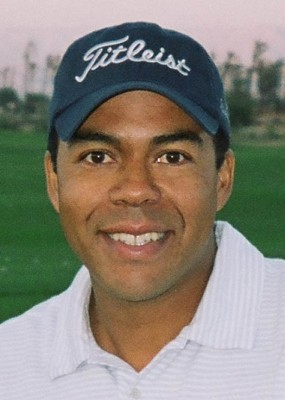
Putting instruction isn’t one size fits all, but there are important objectives that every golfer should follow. One of the most important is to allow the putter to swing on an elliptical path perpendicular to your target line. In order to achieve this objective, you must hold the putter with a light grip pressure throughout the stroke. Tenseness in the arms and body is one of the biggest hindrances to good putting.
Geoff Dean,
PGA Director of Golf
Escena Golf Club
MAP OUT A PLAN

Since most putts have some break, it’s important to aim correctly. Some golfers see the ball traveling on a curved path to the hole while others see it rolling on a straight line or over a spot on the green. If you’re an analytical person, you’re a candidate for seeing straight lines to the apex of your putt or outside the cup and might benefit from lines on your putter and ball. If structure isn’t in your makeup, you’re likely a feel putter and see the ball rolling on a curve, so lines could be distracting. You’ll be more at ease on the greens if your way of seeing things matches your putting stroke.
Dave Harmon,
PGA professional
Stevinson Ranch
THE GUESSING GAME
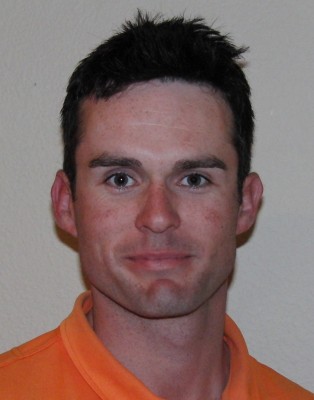
The most important factor in putting is having the correct speed. A good way to work on your speed is to play the guessing game during practice. Choose a target – such as a tee, the hole or fringe – and close your eyes when you hit the putt. Then guess whether the ball is long, short or the proper length. Keep doing the drill until you guess the correct distance each time. It encourages better unison between what your brain is seeing and what your hands are feeling, which leads to better speed control.
Chris Mayson,
Director of Instruction
Maderas Golf Academy
PUTTING TO A TEE

Here is a drill to help you focus on a smaller target that will lead to greater accuracy and teach you to make a firm stroke. First, insert a tee in the back of the hole, just above the plastic cup and below the surface of the green. Slant the tee toward the center of the cup and hit putts from 3 to 6 feet. Stroke putts firmly enough for the ball to hit the tee and bank into the cup. There are two goals with this drill: Learn to focus on an exact target instead of the entire hole and learn to hit putts firmly.
Tim Stephens,
PGA First Assistant Golf Professional
Sandpiper Golf Club
FOCUS ON MAKING EVERY PUTT

When you ask most golfers how they approach putting they split it into two categories: the putts they are trying to make and the ones they are trying to get close. What does “get close” mean? And how do you know when to switch from trying to make it to trying to get close? To improve your putting, focus on making every putt. This kind of mental approach will allow you to make more putts and leave the ones you do miss closer to the hole. Remember, the tighter your focus is the better your miss will be.
Scott Heyn,
PGA General Manager
Black Gold Golf Club

